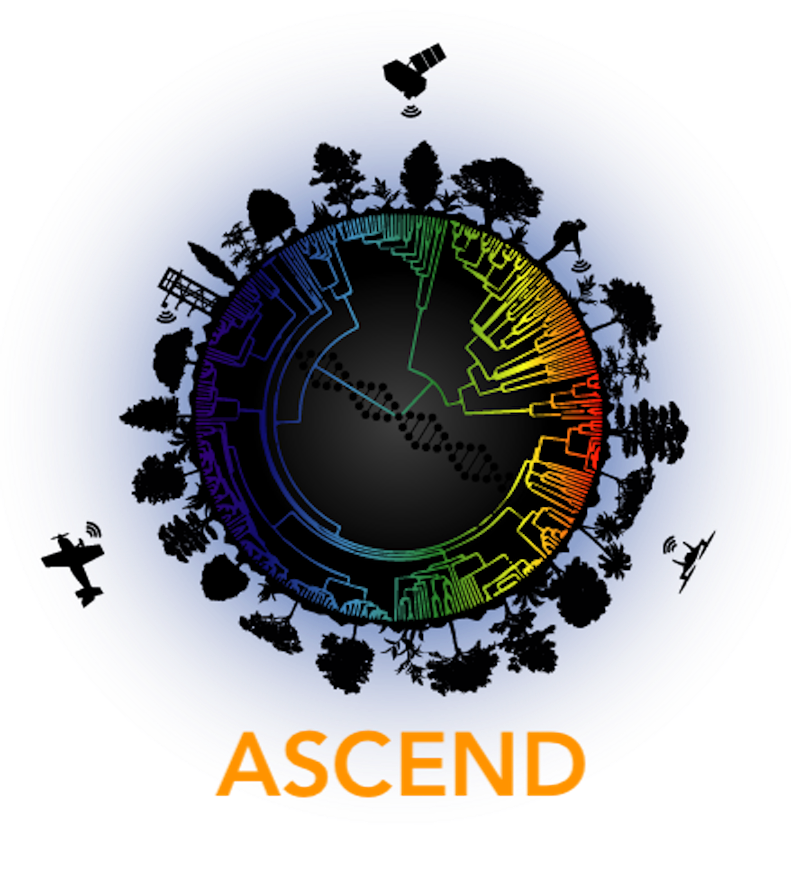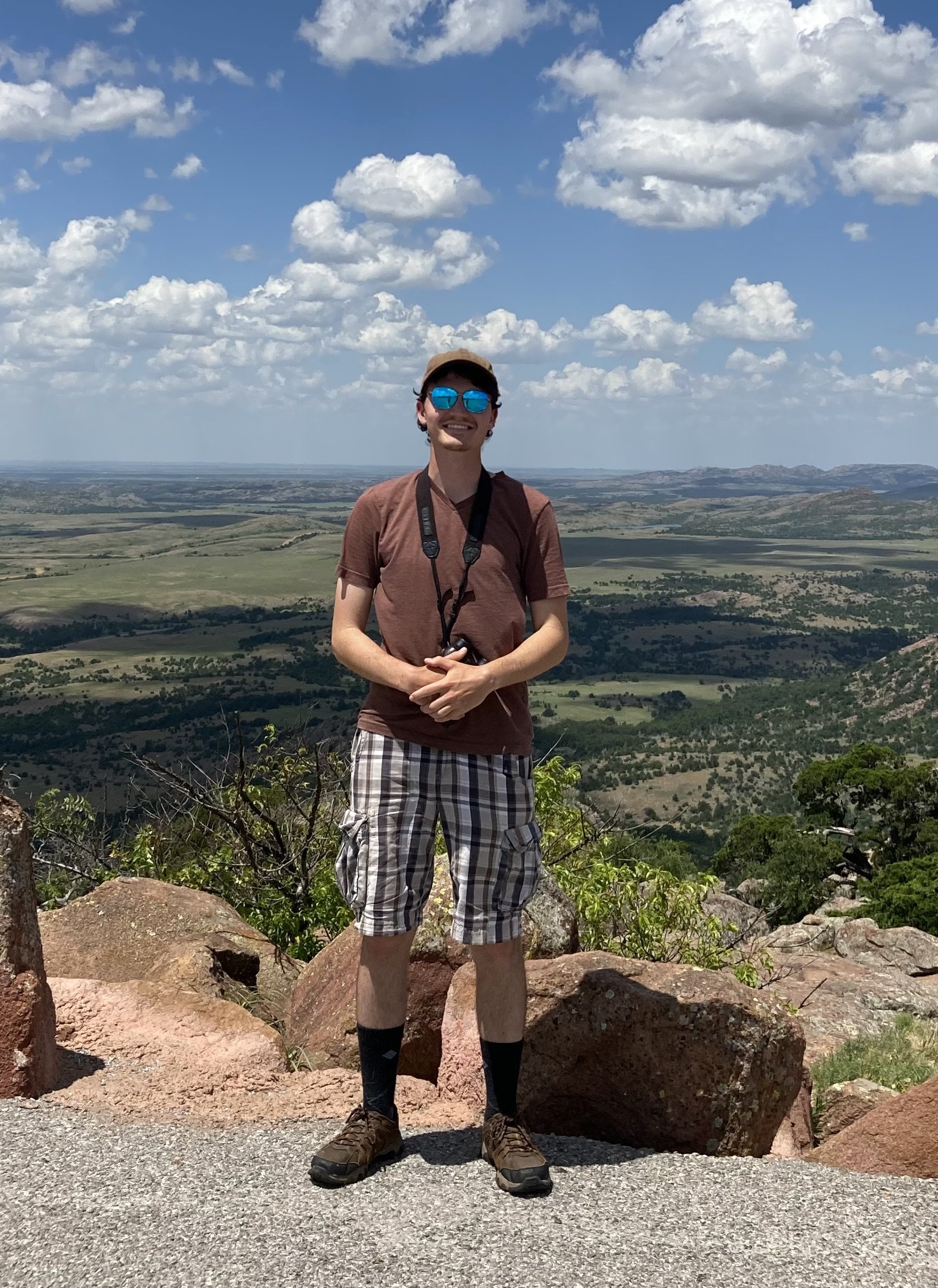NextGen: Isaiah Clark
Introduce yourself
Hi everyone! My name is Isaiah Clark and I’m a lab technician for the Cavender-Bares Lab at the University of Minnesota. Most of my work involves collecting physiological and spectral data on North American broadleaf tree species (mostly oaks). These data are then used to create models linking leaf spectra to plant functional traits and, more broadly, with the ecosystem processes that underlie global change.
When did you know that you wanted to become a scientist?
I’ve always loved the outdoors. As a child growing up on the west side of St. Paul, my summer days were filled with collecting fossils, digging holes, and picking raspberries. I started thinking of environmental science as a career while on a student conservation crew in the Chattahoochee River NRA. I enjoyed the experience so much that I worked the next two summers in Katahdin NM and Glacier NP and decided to pursue a degree in ecology at the University of Minnesota. During my college years I had a number of fantastic professors who piqued my interest in both the practical and philosophical aspects of ecology and evolution. I also had the opportunity to conduct research at the Itasca State Park Biological Station, furthering my desire to understand changing environments and contribute to data-driven, community-based conservation.
Tell us about your research projects in ASCEND.
My connection to ASCEND is through my technical work with the Cavender-Bares Lab and associated groups. My first project was assisting Gerard Sapes with an experiment on drought and oak wilt in Quercus rubra, which had a prominent spectral and GIS component. I have also contributed data to the B4Warmed project, the FAB experiment at the Cedar Creek Ecosystem Reserve, and the NSF bur oak common garden project. All of these measurements involve a variety of fields of inquiry, from spectroscopy and chromatography, to micronutrient and fiber analysis, to more macro-scale studies of allometry and basic morphology. I’ve also been tasked with curating a spectral database of the lab’s oak herbarium specimens; this will hopefully expand the flexibility of our models to include a broader range of species, locations, and timepoints.
What are your hobbies and preferred activities when you are not doing science?
I’m an avid birder so weekend mornings are often spent hiking in a park, or else researching hotspots and recent sightings. I also adore listening to music, as well as sometimes making my own. In the warmer months I grow a vegetable garden, go camping, and travel to see friends and family.
Isaiah Clark at the Wichita Mountains NWR during a trip to the ACE* bur oak common garden in Oklahoma
*Adaptation to Climate and Environment
How would you explain your research to someone who is not a scientist?
I work in a lab and in natural environments measuring the physiology of plants - in other words, the characteristics of plants that can tell us something about their function. For example, have you noticed how many desert plants have thick and durable leaves? Among other things this is an adaptation to promote water retention in a dry environment. By measuring characteristics like leaf and cuticle thickness we can investigate how plants respond to differing water availability across environments. Or perhaps you’ve noticed how leaves lower in the canopy are darker green than leaves higher up? Measuring the relative content of light-absorbing pigments in these leaves can help us understand how plants acclimate to different light conditions.
Along with these basic physiological measurements I also contribute to an ever-growing database of reflectance spectra - these are graphs that show the amount of light that bounces off of a leaf across a range of intensities. By taking spectra across a wide array of species and regions and pairing them with physiological measurements, we can build computer models that will be able to extrapolate physiology remotely, from a drone, a plane, or a satellite!

